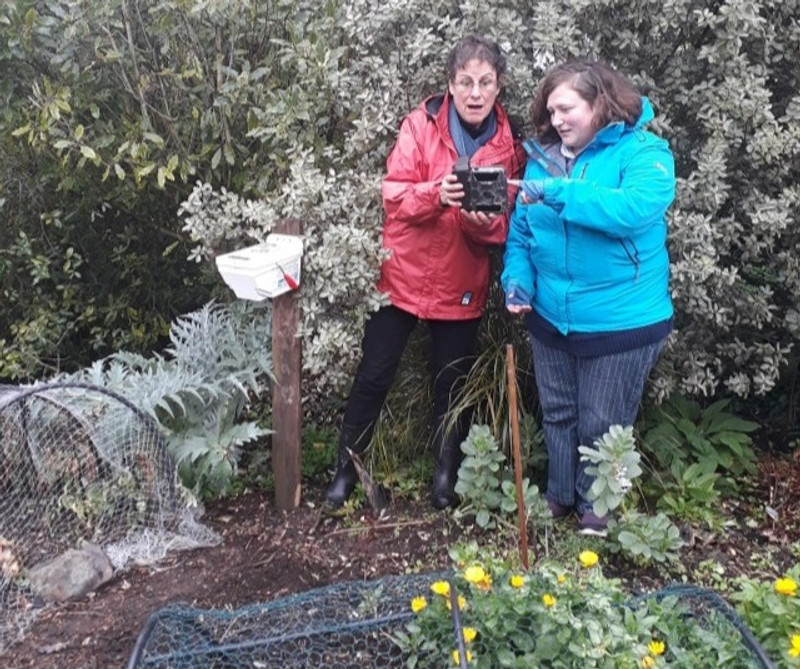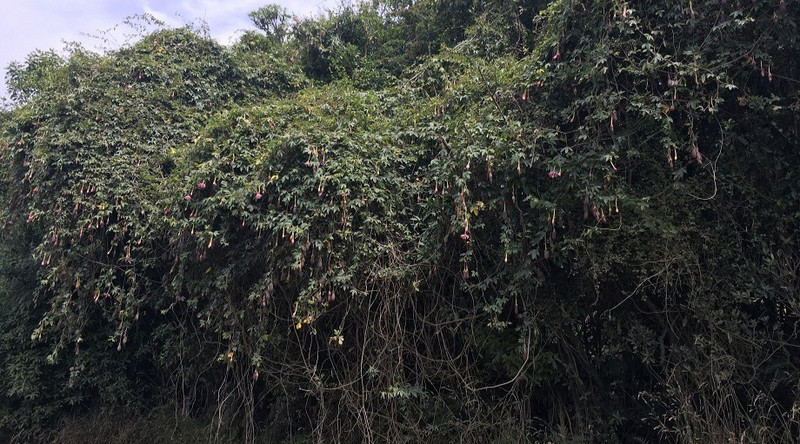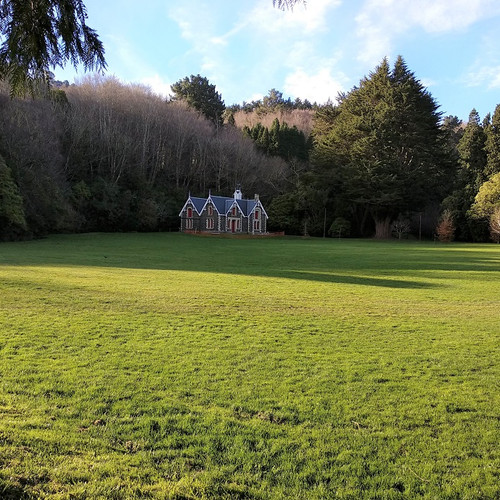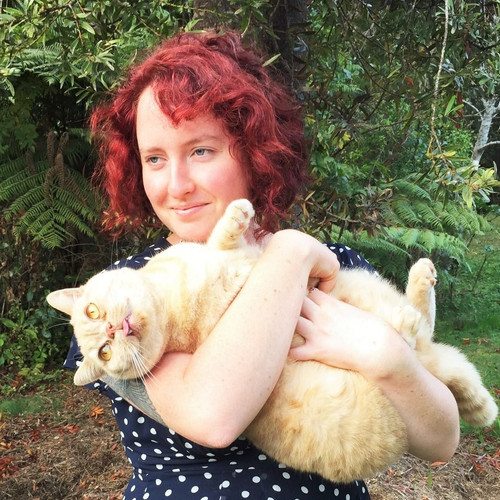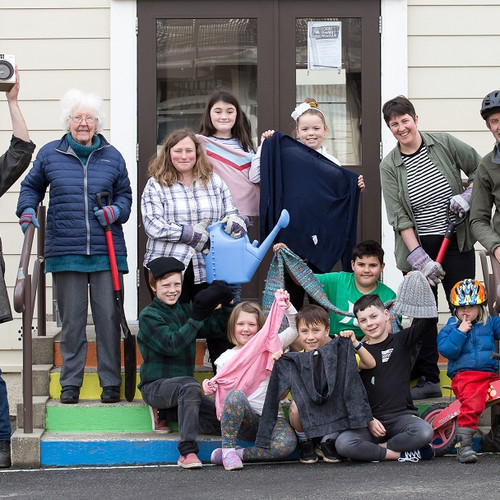Community Passion Projects
Meg and Simon are community members within the Lindsay Creek Catchment who have been working towards enhancing wildlife in their backyards and community spaces by managing mammalian predators and weedy plant species respectively. Have a read of their stories below and find out ways you can be involved!
RIP Stumpy
Sorry, but your nightly feasts on my kōwhai, silverbeet and cabbage seedlings had to stop. If we hadn't got an infra-red camera, you and your friends probably would have chomped through my entire vege garden by now and would be waiting hungrily for the tasty new leaves and birds’ eggs of spring.
Rob and I live in Kelvin Road and regularly hear the night-time rustle and hissing of possums. We set a Trapinator trap (humane and effective) but every morning there was nothing in it but nibbled bait, sometimes with strange grooves. What was going on?
Open Valley Urban Ecosanctuary Coordinator Clare Cross lent us an infra-red camera so we could spy on the wily bait thieves. The camera evidence was jaw-dropping. More than one possum was visiting the trap each night, including an enormous tail-less critter we dubbed Stumpy.
We put the trap on a hair trigger and on the second night we got her.
Yes, Stumpy was female – a 3kg battle-scarred veteran, mother of who knows how many voracious offspring. She was missing a tooth as well as a tail, hence the grooves in the bait.
Stumpy’s demise wasn’t the end of that night’s action. Another possum came and had a good sniff. Two nights later we caught that one too (also female) and the camera footage showed a THIRD possum actually climbing over its carcass to get at the trap. Trap shy? Hardly. It met the same fate a few nights later.
I get no pleasure from killing these engaging furry critters, but considering the damage they do to the environment I've decided I can't afford to be sentimental.
-Meg Davidson, Community Member
POP-up Trap Library
If you are also interested in helping out the native wildlife and possibly your vege patch by trapping mammal predators on your own property please come down and visit the Open VUE team at our Pop-up Trap Library! We will be at the Valley Project Community Rooms every second Saturday (12th and 26th September) from 2 pm to 4 pm!
We will have monitoring devices (tracking tunnels, chew cards and trail cameras) available to help you find out what might be lurking in your backyard as well as traps for rats and possums and some friendly advice! If you would like more information or are interested in volunteering, please email openvue@northeastvalley.org, or call the Valley Project on 03 473 8614.
The Pop-up trap library is made possible as part of the Open VUE Backyard Ecosanctuaries programme and through support from Predator Free New Zealand and Predator Free Dunedin.
Weeding passion for Banana Passionfruit Vine
Banana passionfruit is a nasty weed that is spreading rapidly in and around Dunedin. Spring Clean Weeding coordinator, Simon Noble, said, “it’s capable of smothering other trees and entire hillsides if left unchecked”. The effect of this can be seen in the West Harbour suburbs from the road or cycle trail to Port Chalmers.
Simon said banana passionfruit has always been high on the list of weeds targeted in the valley. “For those not willing or able to remove their own, we’re providing a banana passionfruit-specific service as part of Spring Clean this year” says Mr Noble. Simply get in touch to tell us you have a banana passionfruit problem and on the day, we’ll come and remove it, or at least kill it [further details of this year’s Spring Clean to follow in later editions of the Valley Voice].
Simon Noble says, “we’re aware banana passionfruit provides an edible fruit, but it has been recognised by the Regional Council now as one of our worst weeds”. He says its removal can be required in certain circumstances and that “we’re encouraging people to plant the native clematis vine instead or even NZ Jasmine”.
Keep your calendars open for the annual Spring Clean coming up later in spring this year - In addition to the usual weeding activities (you fill a sack with your weeds and we take it away and adopt-a-spot community weeding), we’ll also be targeting banana passionfruit and we’ll actually come and get it for you if you don’t think you can manage it.
- Simon Noble, Community Member
What does Banana Passionfruit Vine look like?
Banana passionfruit vine has three lobed leaves, the middle lobe is the longest. The leaves have serrated edges and hairy/downy undersides. The pink tubular hanging flowers can be seen year round, followed by hanging fruit that ripen from green to yellow, orange or black. Banana Passionfruit vine can grow rapidly to form large masses, smothering canopy and preventing native plants from establishing.

